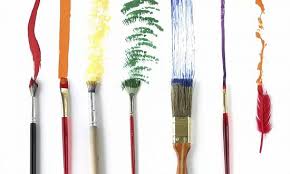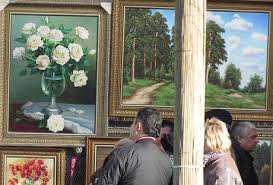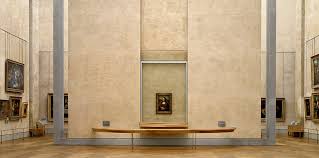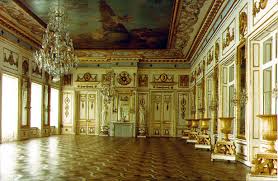coincidence
MASTERPIECES OF PASTEL FROM FUNDS OF THE TREYAKOV GALLERY (part 1)
 The collection of the State Tretyakov Gallery contains about 800 pastels, some were purchased by P.M. Tretyakov.
The collection of the State Tretyakov Gallery contains about 800 pastels, some were purchased by P.M. Tretyakov.
Pastel must be stored under glass. It is very vulnerable: it can fall off from a concussion, all kinds of travels are dangerous for it, it is disastrously affected by direct sunlight, temperature extremes, excessive dryness or humidity. Constant concern for the safety of “loose” pastel works does not allow them to be often and continuously exposed. To see them in the halls of the museum is a rare and significant event.
The word pastel comes from Italian pasta – pasta or pastry. This is the name of the material for drawing, the technique in which the artist works, and, finally, the artwork drawn with pastel pencils. Continue reading




